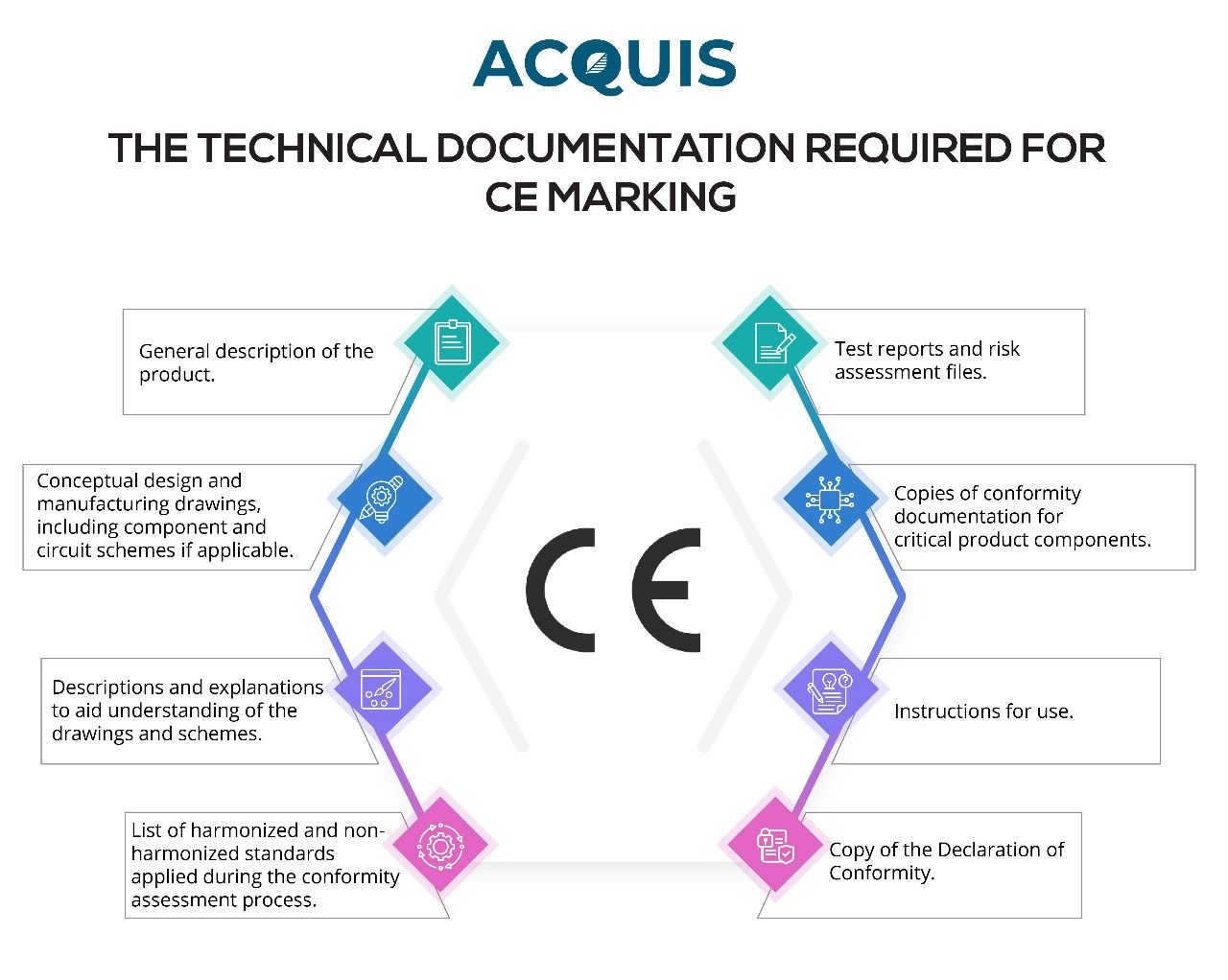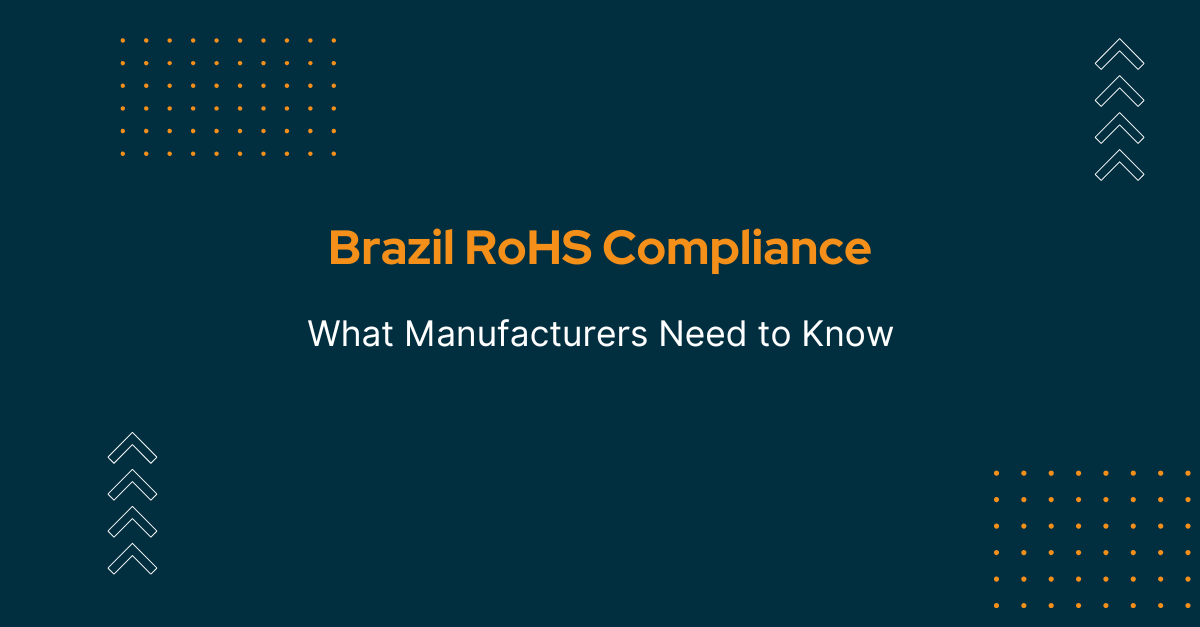Table of Contents
What is a CE Certificate and When is it Needed?
A CE certificate is a document that indicates that a product meets the health, safety, and environmental protection standards set by the European Union. CE stands for Conformité Européene, which means "European Conformity" in French.
The CE certificate is required for products that are sold in the European Economic Area (EEA), which includes the 27 member states of the EU as well as Iceland, Liechtenstein, and Norway. Products that require CE certification include machinery, medical devices, toys, electrical and electronic equipment, and personal protective equipment.
The CE certificate indicates that the product has undergone testing and conforms to the applicable EU regulations. The CE mark must be affixed to the product or its packaging before it can be sold in the EEA.
Having a CE certificate is important for manufacturers, as it allows them to demonstrate that their products meet the necessary standards and can be sold legally in the EEA. It also provides assurance to consumers that the products they are purchasing are safe and meet certain quality standards.
What is the CE Mark on Your Product
To decode the CE mark, you can look for the letters "CE" in a circle on the product or its packaging. This symbol indicates that the product meets EU requirements and has been tested by the manufacturer or an authorized representative to ensure it complies with EU regulations.
It's important to note that the CE mark is not a quality mark, and it does not indicate the product's overall quality or performance. Rather, it simply indicates that the product meets certain EU safety and environmental standards.
RoHS requirement for European Electrical Standards, CE Markings, & Documentation
RoHS directive is considered one of the applicable directives under the CE framework. If your product falls within the scope of both RoHS and other relevant CE directives, compliance with RoHS becomes a prerequisite for CE marking.
In order to affix a CE marking to electrical and electronic equipment, companies must ensure that products are compliant with all applicable European regulations and have proper documentation.
Many products require an accompanying declaration of conformity (DoC). This must include model name, company/importer contact information and address, testing standards, and the directives tested against.
The DoC must be backed up by a technical file, which includes:
- A bill of materials (BOM), product descriptions, and/or design notes.
- Any testing performed.
- Certificates from approved test laboratories (notified bodies) if required.

The technical documentation required for CE marking
The technical documentation for CE marking should include the following elements, though they may vary based on the specific directive:
- General description of the product.
- Conceptual design and manufacturing drawings, including component and circuit schemes if applicable.
- Descriptions and explanations to aid understanding of the drawings and schemes.
- List of harmonized and non-harmonized standards applied during the conformity assessment process.
- Test reports and risk assessment files.
- Copies of conformity documentation for critical product components.
- Instructions for use.
- Copy of the Declaration of Conformity.
The specific details included in the technical file depend on the product's nature and what is required to demonstrate conformity with the essential product safety requirements of the relevant directive(s).
Some directives, such as the Low Voltage Directive (LVD), also require that safe use instructions be provided in an approved language for the country of sale.
Understanding the Approval Process
To obtain CE certification, the manufacturer or their authorized representative must submit a Declaration of Conformity and other relevant documentation to a Notified Body, which is an organization designated by the EU to assess the conformity of products. The Notified Body will review the documentation and conduct tests if necessary to verify that the product meets the applicable EU directives and standards.
The approval process for CE certification can be lengthy and complex, and it varies depending on the type of product being certified. However, obtaining CE certification is important for manufacturers as it allows them to demonstrate that their products meet the necessary standards and can be sold legally in the EEA. It also provides assurance to consumers that the products they are purchasing are safe and meet certain quality standards.
The CE Approval Process: From Application to Certification
- Determine which EU directive or regulation applies to your product: The first step is to identify which EU directive or regulation applies to your product. This will determine the testing requirements and the conformity assessment procedure that you need to follow.
- Testing: Once you've identified the relevant directive or regulation, you'll need to test your product to ensure it meets the requirements. Testing can be done internally or by a third-party testing facility.
- Technical documentation: You'll need to compile technical documentation that describes your product and its compliance with the relevant directive or regulation. This documentation should include information about the product's design, manufacture, and performance.
- Declaration of Conformity: You'll need to create a Declaration of Conformity that declares that your product meets the requirements of the relevant directive or regulation.
- Notified Body: If the directive or regulation requires the involvement of a Notified Body, you'll need to submit your technical documentation and Declaration of Conformity to them for review. The Notified Body will assess your product and may conduct tests to verify compliance.
- CE Certificate: If your product meets the requirements, the Notified Body will issue a CE certificate. This certificate allows you to affix the CE mark to your product and sell it in the EU.

What About RoHS 2 & 3 Directives?
There are 24 directives that dictate which products require CE marking. These directives carry different requirements, and several directives may apply to a single product. Applicable directives for electronic and electrical equipment include the EU RoHS Directive, LVD, Electromagnetic Compatibility, Radio Equipment, and General Product Safety.
The RoHS 2 and RoHS 3 directives are terms that are sometimes used to refer to updates to the EU RoHS Directive. However, all updates fall under the EU RoHS Directive. If a product is EU RoHS compliant and has an affixed CE marking, it is also considered compliant with the RoHS recast (referred to as RoHS 2) and the planned recast (referred to as RoHS 3). A CE marking on electronics demonstrates compliance with all in-force EU RoHS requirements.
The Importance of Certificate CE for Your Business
Obtaining a CE certificate is crucial for businesses that want to sell their products in the EEA. It demonstrates legal compliance, assures product safety and quality, provides access to new markets, increases competitiveness, and reduces the risk of product recalls.
-
Legal compliance: CE certification is required by law for many products sold in the EEA. Without CE certification, you could face legal penalties or be prevented from selling your products in the EEA.
-
Assurance of product safety and quality: CE certification provides assurance to consumers that your products meet certain health, safety, and environmental protection standards. This can enhance your brand reputation and build trust with your customers.
-
Access to new markets: CE certification allows you to sell your products in the EEA, which represents a large and lucrative market. Without CE certification, you may be unable to access this market and miss out on potential sales.
-
Increased competitiveness: CE certification can give your business a competitive advantage by demonstrating your commitment to quality and safety. This can help you stand out from competitors who may not have CE certification.
-
Reduced risk of product recalls: By ensuring that your products meet the necessary standards, you can reduce the risk of product recalls or other costly issues that can damage your business's reputation and bottom line.
Acquis empowers companies to collect and manage supply chain data to comply with global regulations. To delve deeper into the global regulations affecting electronic equipment and how to manage them effectively, download our eBook, "The Complete Guide to ROHS Compliance" For personalized insights on how Acquis can enhance your regulatory program, schedule a live demo with our experts.



